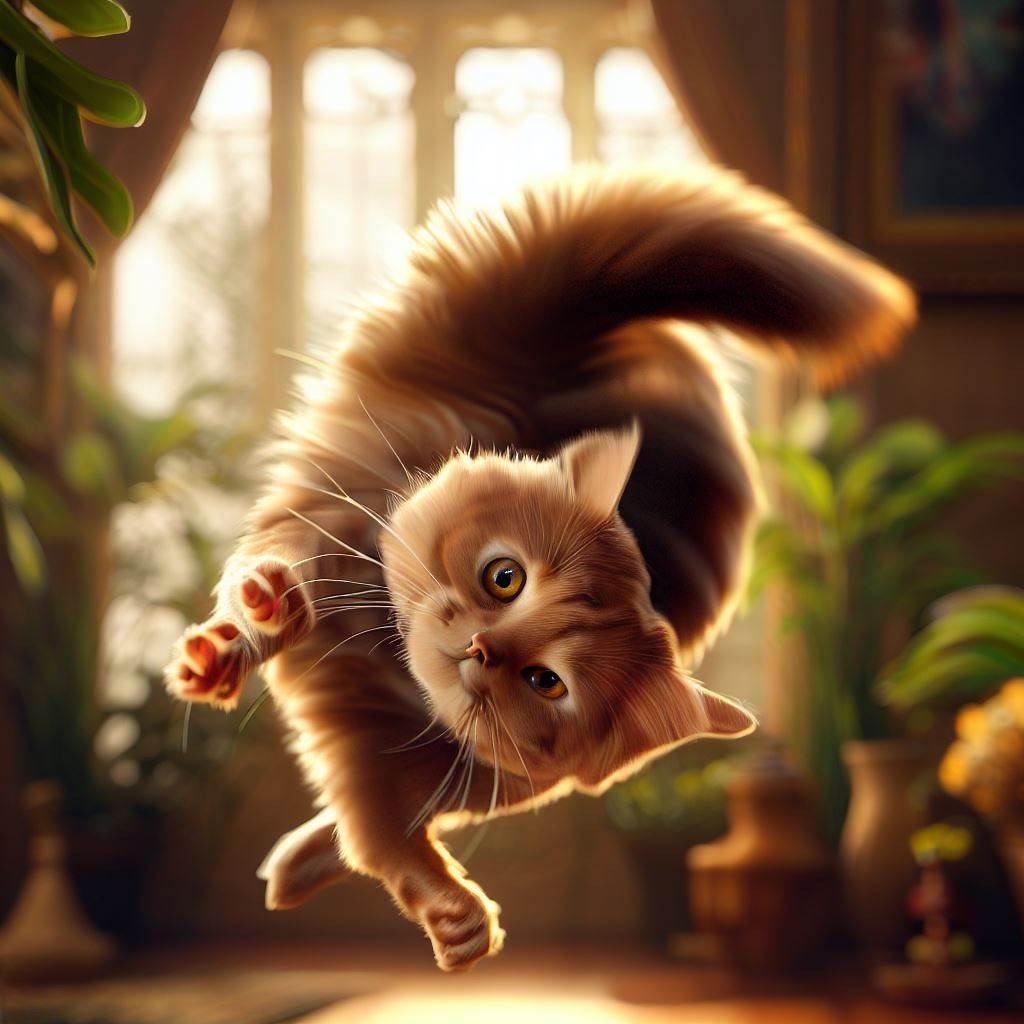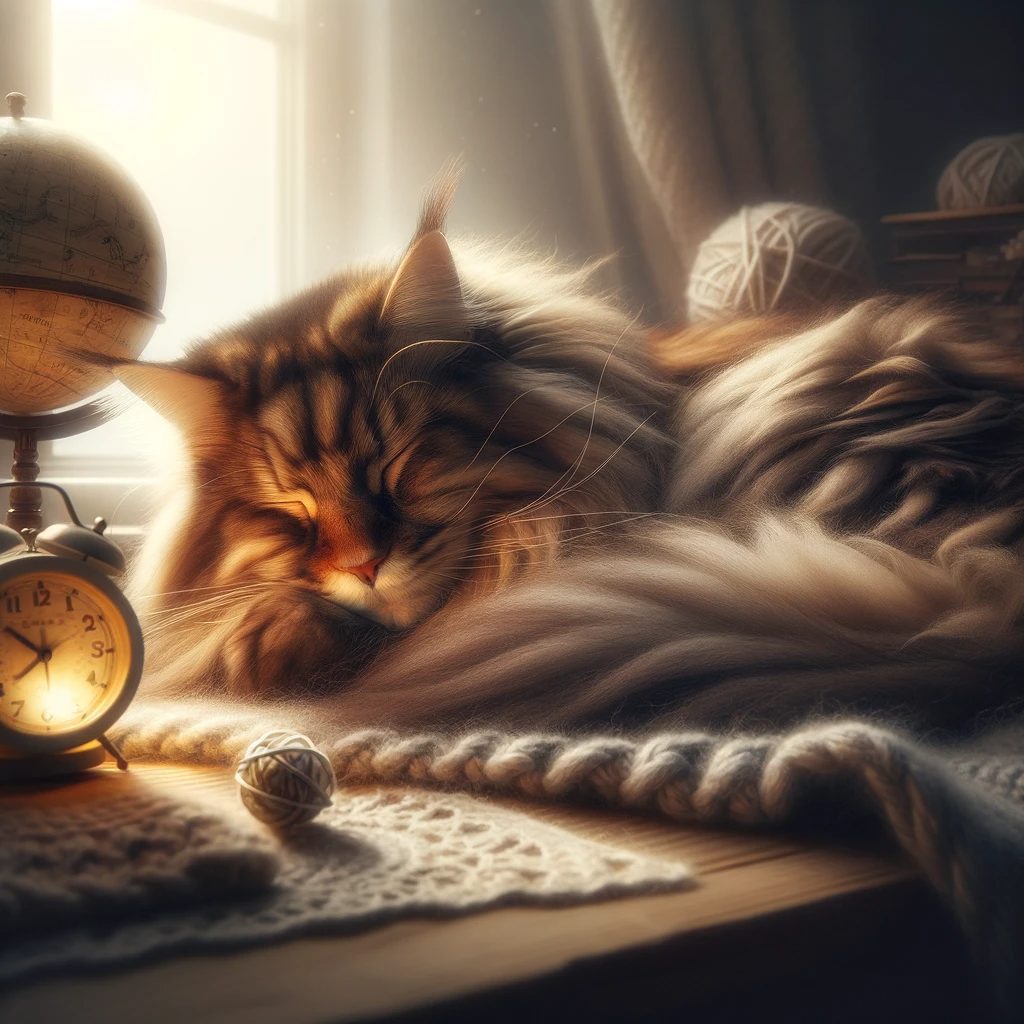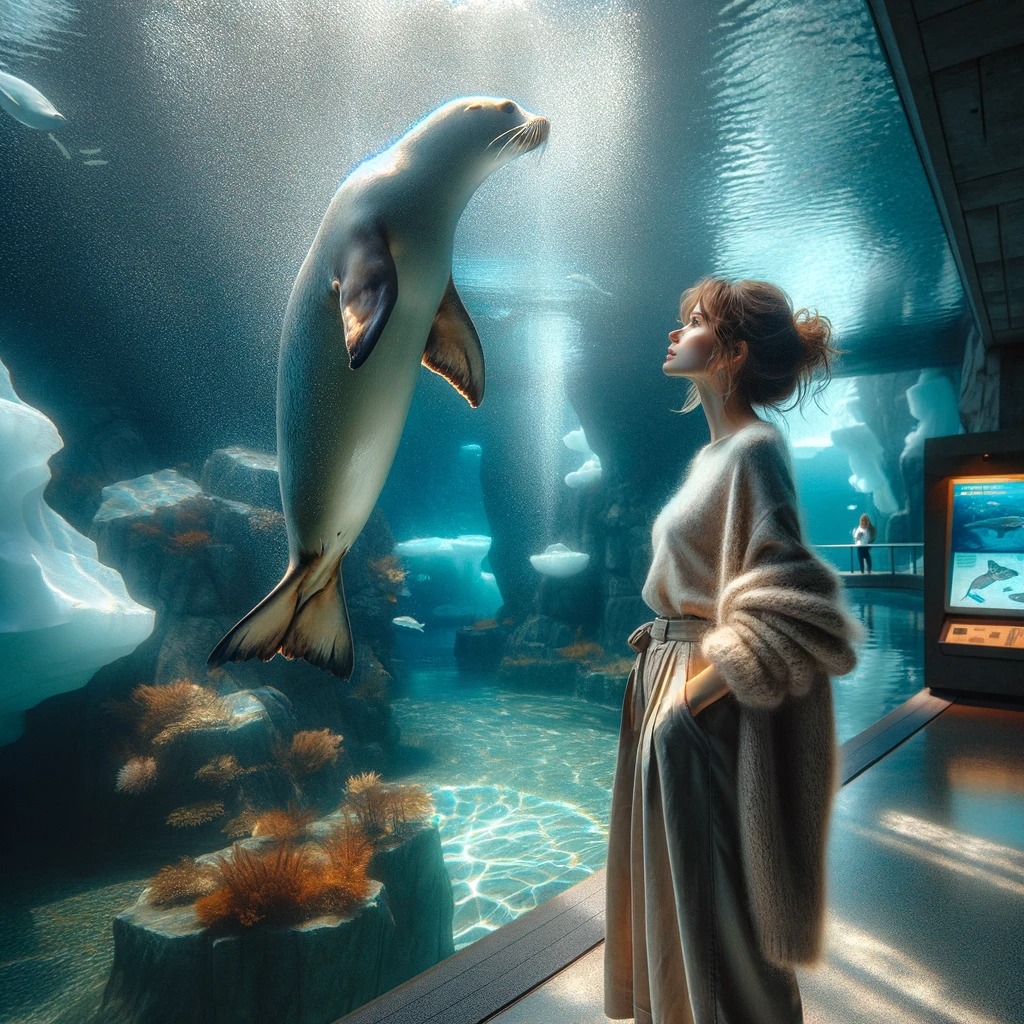Have you ever marveled at the uncanny ability of cats to land on their feet after falling from great heights? This gravity-defying act is not only fascinating but also a testament to the extraordinary evolutionary adaptations of our feline companions. Let’s take a closer look at the science behind the perfect cat landing.
In the cozy corners of homes where felines reign supreme, a peculiar and heartwarming activity often unfolds, captivating the attention of cat lovers everywhere. This behavior, colloquially known as “making biscuits” or cat kneading, is a rhythmic pressing of paws into soft surfaces, accompanied by an expression of utter contentment on the face of the kneading feline. But what lies behind this enigmatic art? Let’s unravel the science and purpose behind cat kneading, exploring the fascinating blend of instinct, comfort, and communication it entails.
Cats, known for their mysterious and enigmatic natures, have always fascinated us, not least in their unique sleeping habits. The world of feline slumber is a complex one, filled with nuances and intriguing behaviors that both baffle and enchant cat owners and enthusiasts alike. In this blog post, we explore the intricacies of how cats sleep, unraveling the reasons behind their extensive sleep patterns, and what these habits reveal about their natural instincts and needs.
The Arctic: a canvas of white and blue, stark and stunning in its frozen tranquility. Here, life endures in the frigid embrace of ice, where the cold is not a barrier but a defining element of existence. The animals that call this icy fortress home are marvels of evolutionary ingenuity, having adapted in body and spirit to the relentless chill of their domain.
In the vast and mysterious theater of the ocean, scavengers play a lead role in a continuous performance of life and death. They are the silent custodians of the deep, tirelessly working behind the scenes to maintain the equilibrium of aquatic ecosystems. From the tiniest of shrimp to the great whales, these cleaners of the sea ensure the ongoing health and vitality of their marine world.
In the quiet of the forests, the deserts, and even our backyards, animals display behaviors that stir a sense of kinship within us. They mourn, they comfort, they show empathy — they grieve. As observers, we are drawn into their world, finding that the capacity for compassion is not a trait owned by humans alone. The following narratives reveal the profound and moving ways in which animals demonstrate their grief and compassion.
As cities expand, the boundary between the urban sprawl and the natural world blurs, creating a mosaic where concrete and chlorophyll coexist. In these unexpected wilds, a variety of species display a remarkable ability to adapt, thrive, and sometimes even outcompete their rural counterparts. This post explores the resilience of urban wildlife, celebrating the adaptable creatures that navigate our cityscapes with surprising finesse.
The sea, a vast expanse of blues and greens, is a world filled with mysteries, where the largest of Earth’s creatures speak in a language of moans, clicks, and songs. This is the world of the whales, where communication bridges the fathomless depths, creating connections and narratives as rich and complex as any human tongue. The conversation of whales is not just a biological phenomenon but a tapestry of cultural tales that ripple through the ocean currents.
In the grand arena of nature, every day is an Olympic event, where speed, strength, and stamina are not just for show but essential survival skills. From the cheetah’s breathtaking sprints to the elephant’s formidable power, the animal kingdom is a showcase of athletic prowess that rivals even the most well-trained human athletes. This blog post celebrates the incredible physical abilities of various animal species and the evolutionary marvels that make them possible.
The sight of a baby animal often elicits an immediate and powerful response—our voices soften, our eyes widen, and a smile seems to spread across our faces as if by reflex. There’s a universal quality to this reaction, transcending cultures and continents. What is it about these juvenile creatures that can melt the hardest of hearts and entice a chorus of coos from the most reserved of characters? The allure of baby animals is not just a matter of emotion but a fascinating interplay of biology, evolution, and psychology.










